|
|
| Пишет marinni ( @ 2009-09-07 11:23:00 |
|
|
|
|
|
|
|
|
|
|
|
|
|
|
Leopold and Rudolf Blaschka - продолжение.
Leopold and Rudolf Blaschka - стеклянные модели подводной фауны и цветов фантастической работы, какой не было ни до, ни после этих мастеров. Секреты их неизвестны, приспособления на вид- самые простые. Но тонкость и тщательность работы потрясает. Эту коллекцию они сделали до коллекции цветов:ЦВЕТЫ ЗДЕСЬ

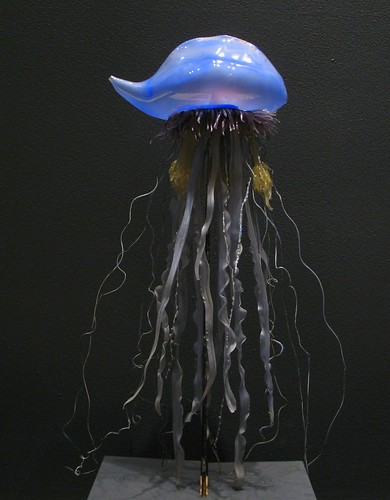
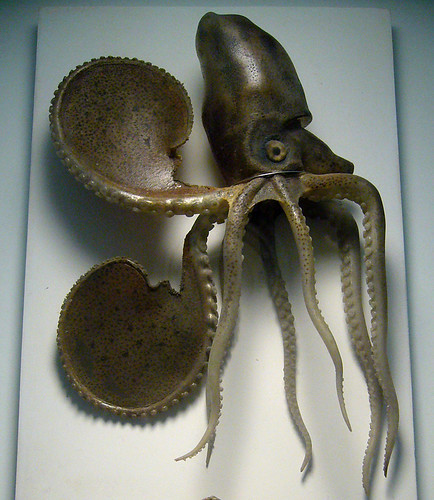
-A glass jellyfish from exhibition at Yorks "Yorkshire Museum". These models were made in the 1880's by brothers Leopold and Rudolf Blaschka.
-A glass jellyfish from exhibition at Yorks "Yorkshire Museum". These models were made in the 1880's by brothers Leopold and Rudolf Blaschka.













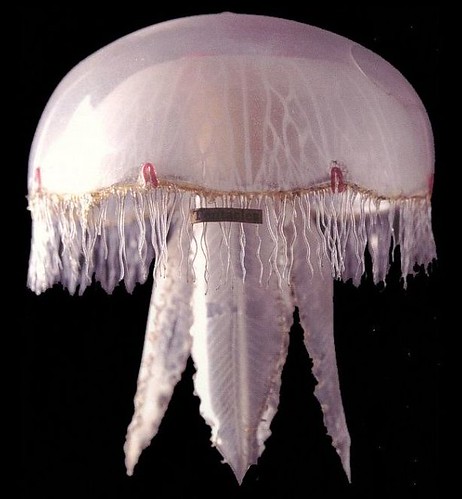
----------

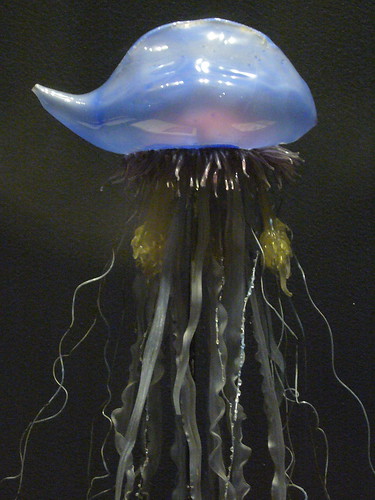
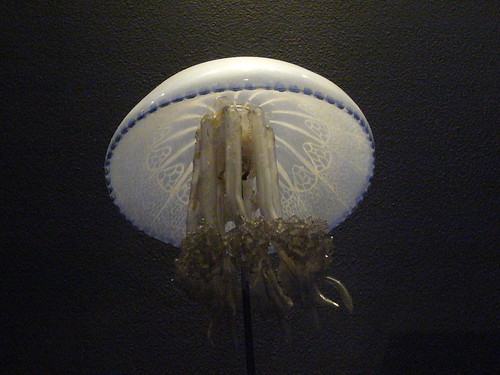
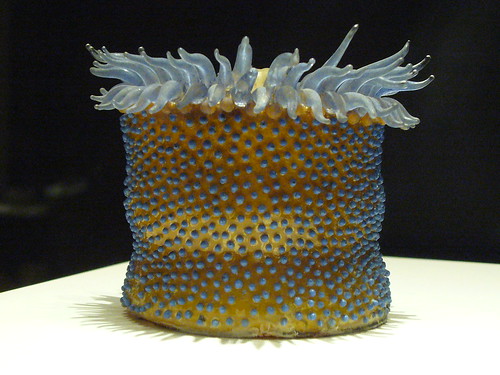
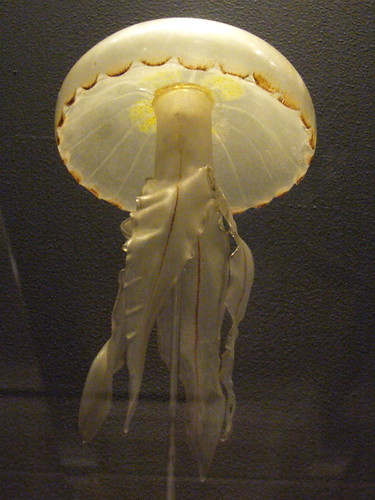
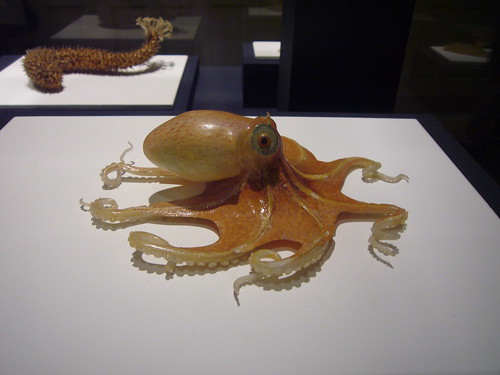
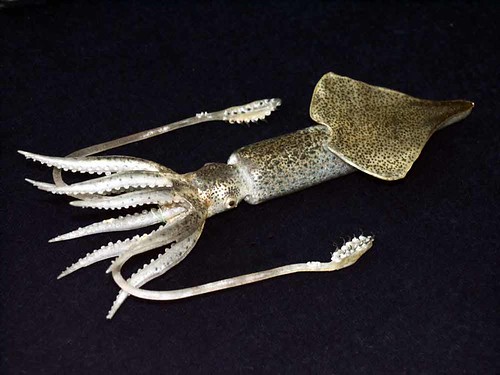
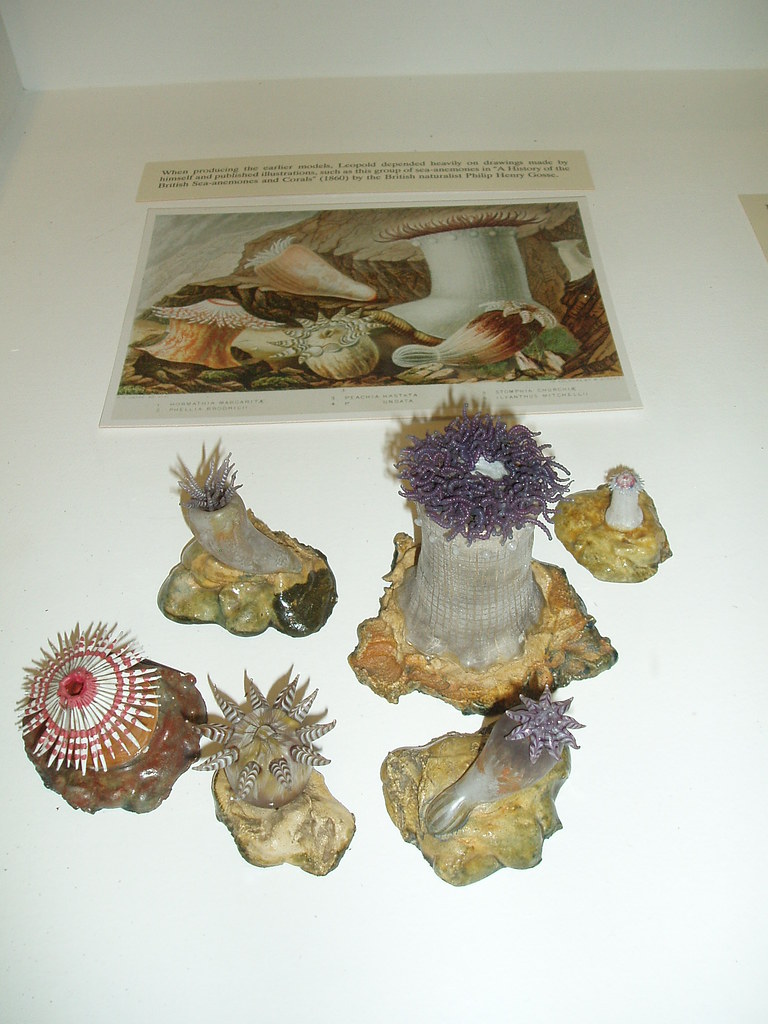


---------
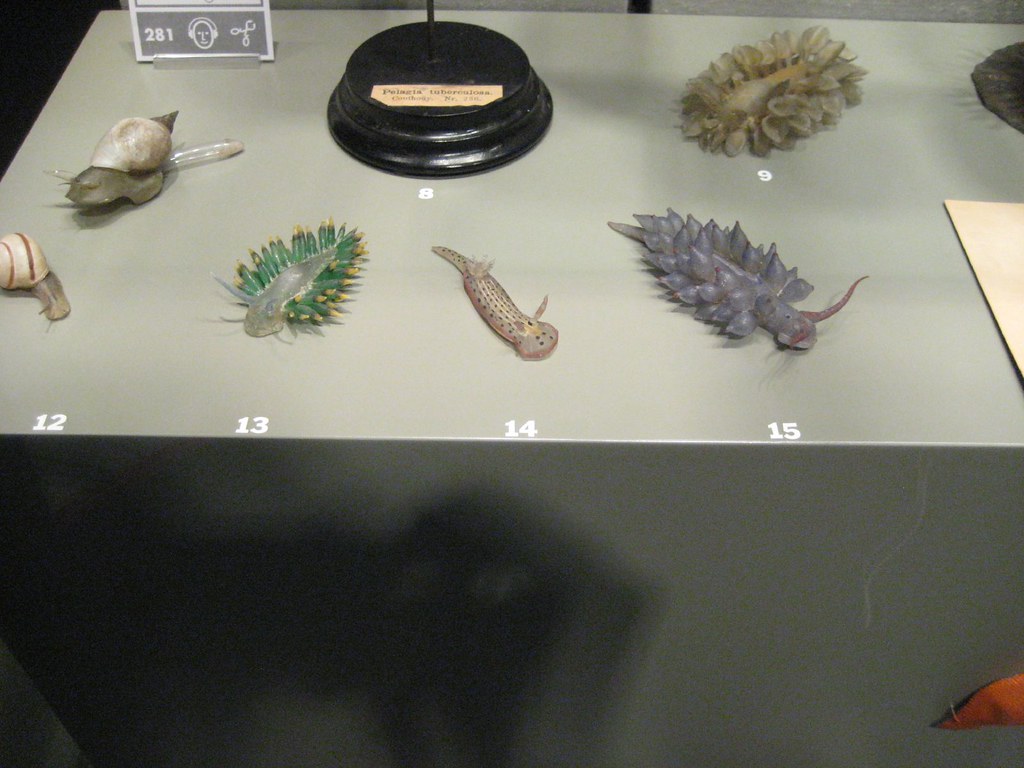
Glass Models of Snails and Slugs
These are all by Leopold and Rudolf Blaschka between 1885 and 1890 in Dresden, Germany.
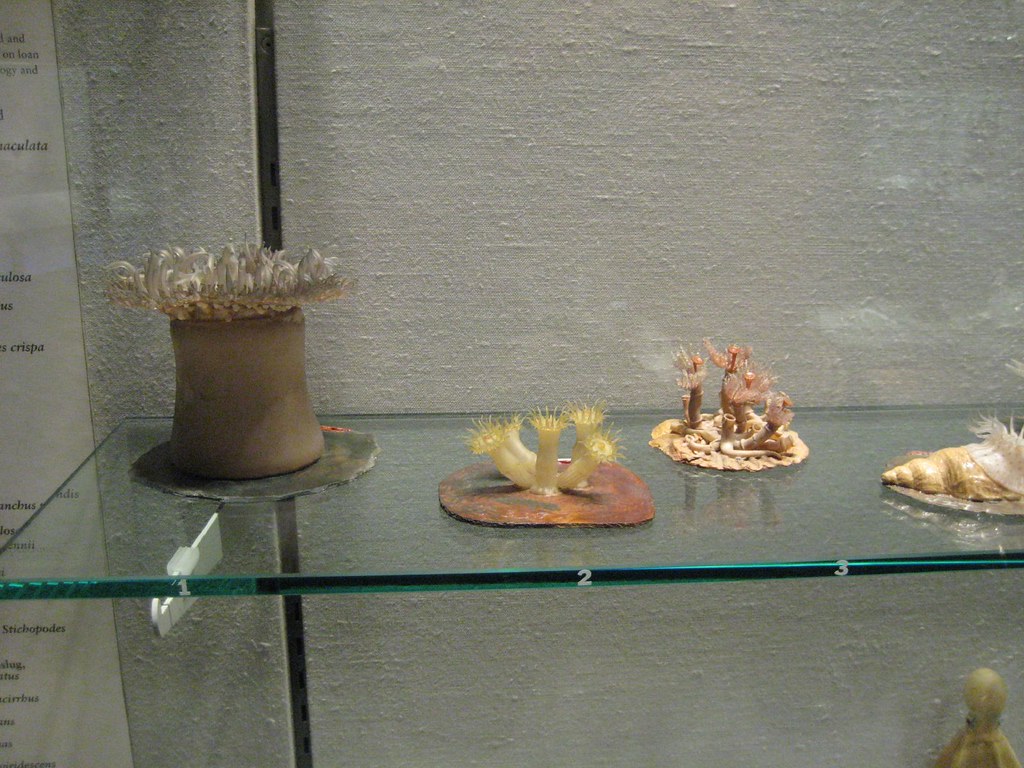
Glass Models of Invertibrates
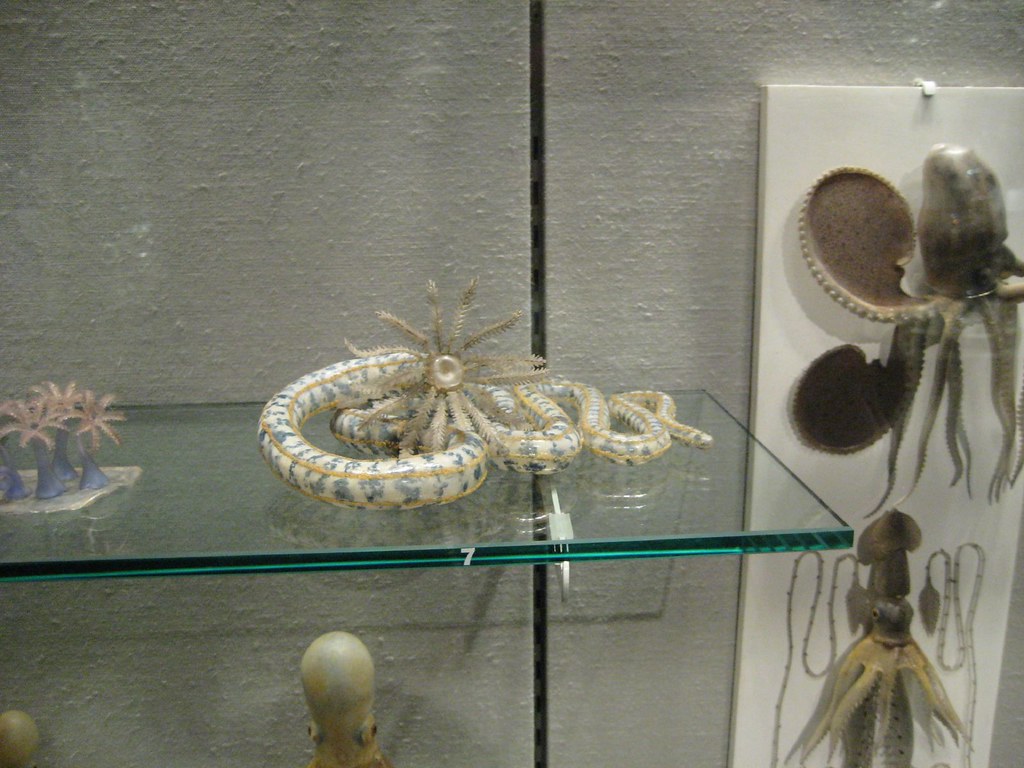
Glass Models of Sea Anemones

Glass Models of Sea Anemones



--------------
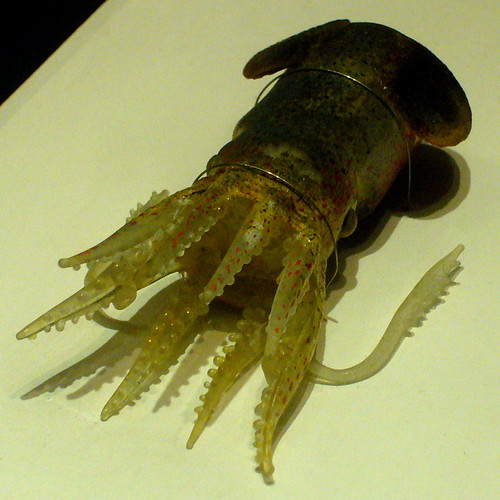

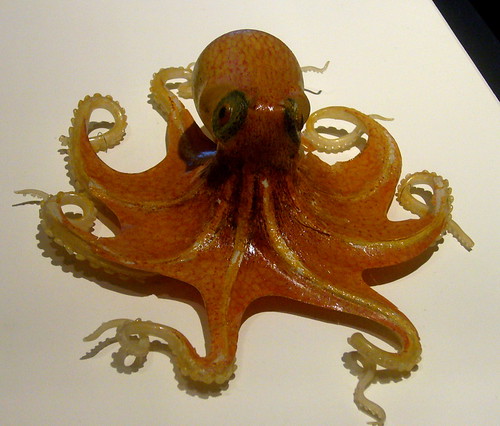

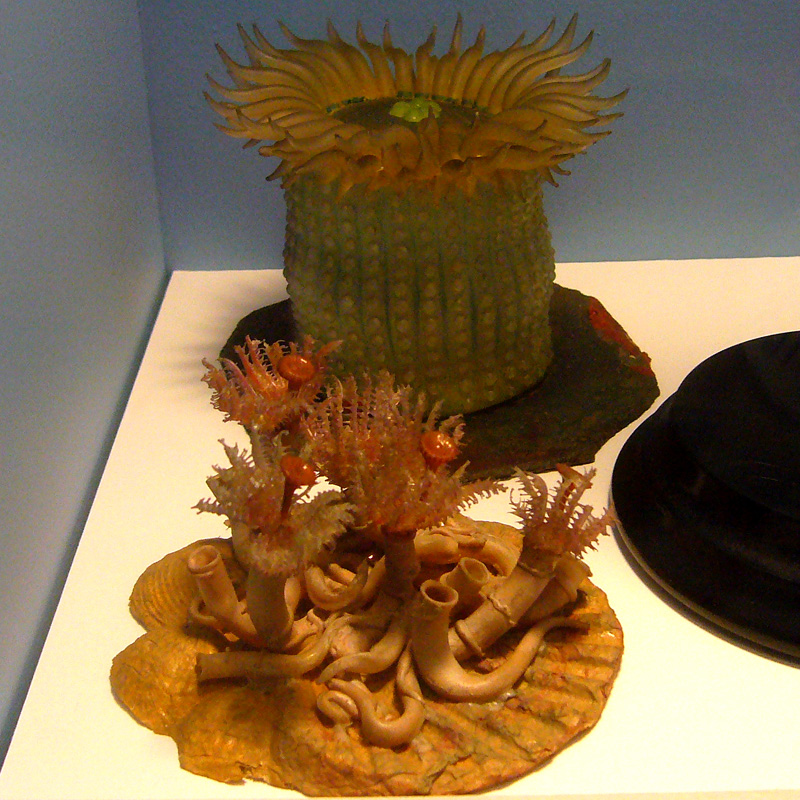
-----------

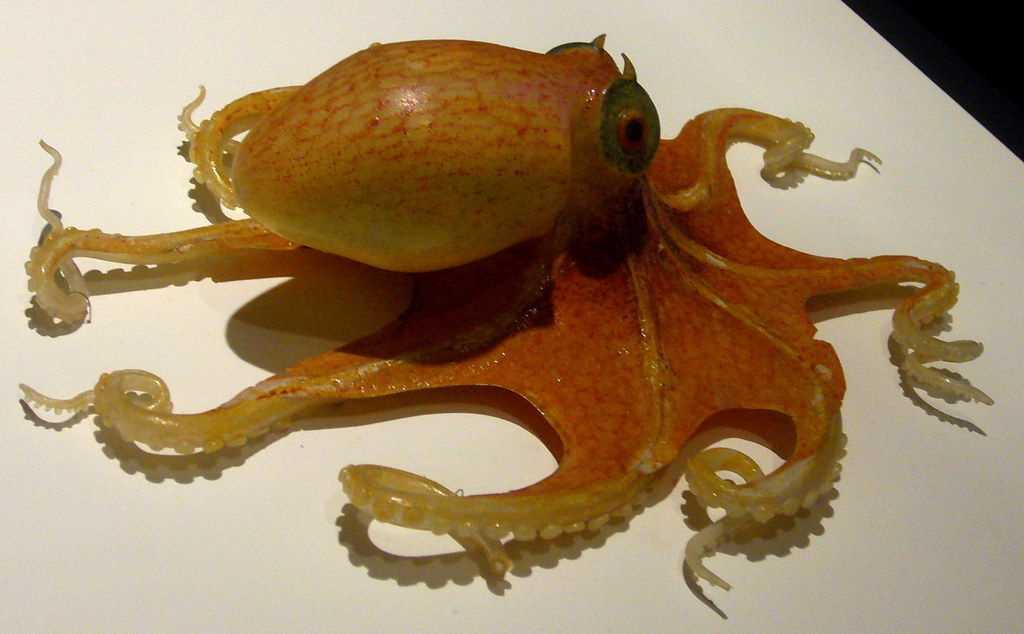



--------
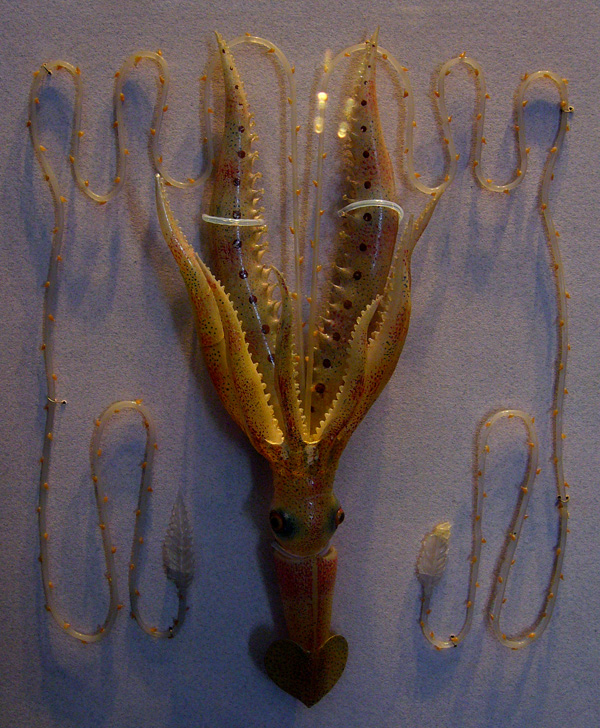
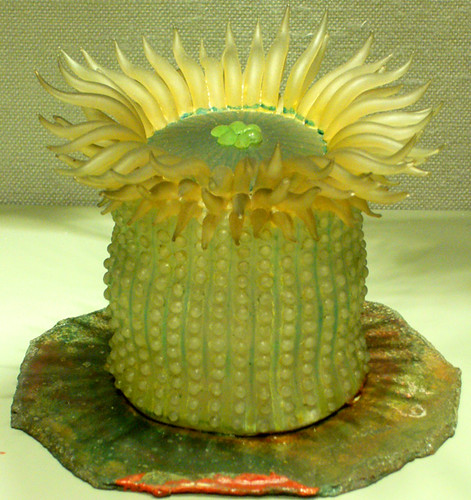

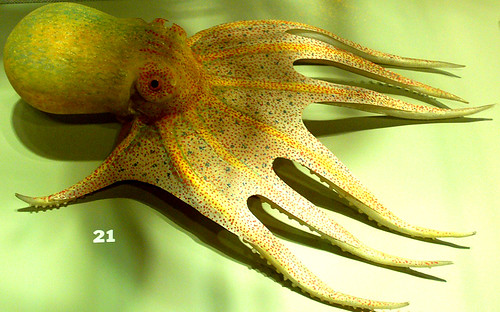



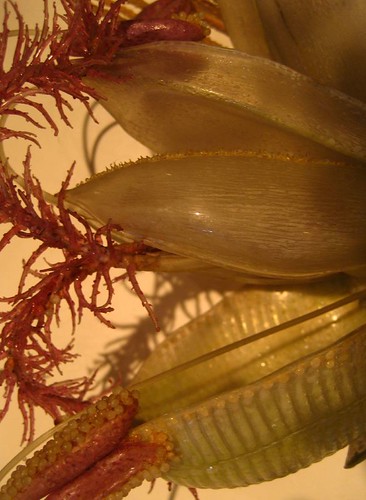
-----------------

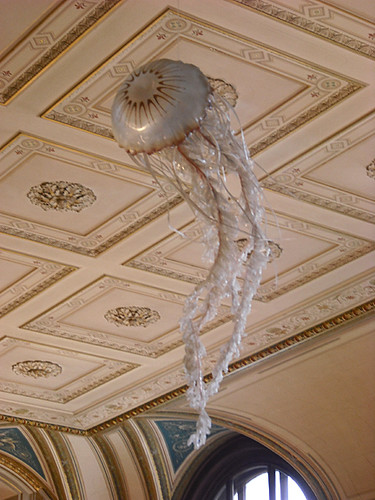
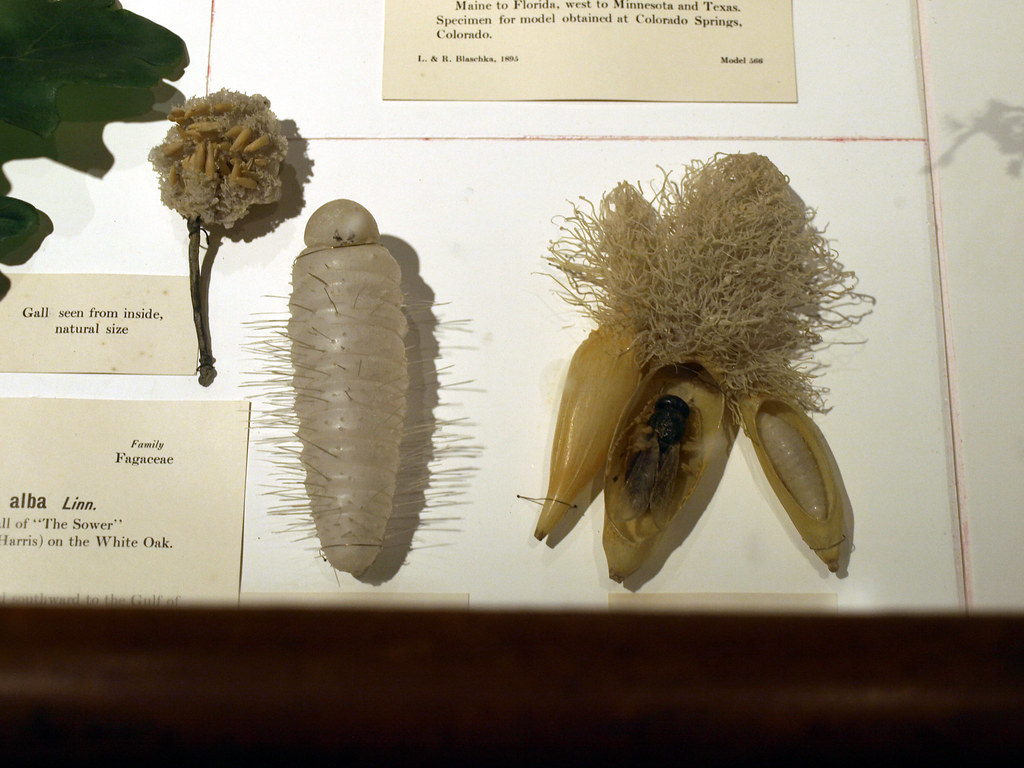
Gall and inhabitant
-------------------

Части сложных моделей,их потом склеивали.
In order to create the complex shapes of many invertebrates they modeled, Leopold and and Rudolph Blaschka fashioned some individual body parts of clear and colored glass and assembled them with animal glue and copper wire. The selection of glass body parts seen here was made by the Blaschkas but never incorporated into finished models."
(from display tag)

Рабочий стол.

The glass models of soft bodied animals on display represent the work of two men - Leopold and Rudolph Blaschka. They combined their superb skills in working glass with an interest in natural history to produce these amazingly life-like models.
The first glass models were made on Leopold's return from a voyage to America in 1853. They were of flowers, made for his own pleasure. The botanist Prince Camille de Bohan was so impressed with their scientific accuracy that he provided Leopold with any material required from his own gardens. In 1862 a collection of about 60 species of modelled glass orchids was exhibited in Prince Bohan's palace in Prague.
This led to an order from the Dresend Natural History Museum for glass sea-anemones for artificial marine aquaria. Later the enterprise expanded to modelling many types if animals, including jellyfish, snails, squid and marine worms.
Цветов их нашла еще столько, что выделила в отдельный - следующий пост.
Начало- потрясающие цветы, часть 1:
http://marinni.livejournal.com/326307.ht
часть 3:http://marinni.livejournal.com/330238.h
ЕЩЕ ОЧЕНЬ ИНТЕРЕСНО:
Стеклянная микробиология:
http://nature-wonder.livejournal.com/17
Источники:
http://www.pangalactictrading.com/Jelly
http://www.flickr.com/photos/suzannet/s
http://en.wikipedia.org/wiki/Glass_Flow
http://images.google.ru/imgres?imgurl=h
26newwindow%3D1
http://www.flickr.com/search/?q=LEO
http://www.flickr.com/photos/tags/blasc
Leopold and Rudolf Blaschka- стеклянные модели подводной фауны.
Leopold and Rudolf Blaschka - стеклянные модели подводной фауны и цветов фантастической работы, какой не было ни до, ни после этих мастеров. Секреты их неизвестны, приспособления на вид- самые простые. Но тонкость и тщательность работы потрясает. Эту коллекцию они сделали до коллекции цветов:ЦВЕТЫ ЗДЕСЬ



-A glass jellyfish from exhibition at Yorks "Yorkshire Museum". These models were made in the 1880's by brothers Leopold and Rudolf Blaschka.
-A glass jellyfish from exhibition at Yorks "Yorkshire Museum". These models were made in the 1880's by brothers Leopold and Rudolf Blaschka.














----------










---------

Glass Models of Snails and Slugs
These are all by Leopold and Rudolf Blaschka between 1885 and 1890 in Dresden, Germany.

Glass Models of Invertibrates

Glass Models of Sea Anemones

Glass Models of Sea Anemones



--------------





-----------





--------








-----------------



Gall and inhabitant
-------------------

Части сложных моделей,их потом склеивали.
In order to create the complex shapes of many invertebrates they modeled, Leopold and and Rudolph Blaschka fashioned some individual body parts of clear and colored glass and assembled them with animal glue and copper wire. The selection of glass body parts seen here was made by the Blaschkas but never incorporated into finished models."
(from display tag)

Рабочий стол.

The glass models of soft bodied animals on display represent the work of two men - Leopold and Rudolph Blaschka. They combined their superb skills in working glass with an interest in natural history to produce these amazingly life-like models.
The first glass models were made on Leopold's return from a voyage to America in 1853. They were of flowers, made for his own pleasure. The botanist Prince Camille de Bohan was so impressed with their scientific accuracy that he provided Leopold with any material required from his own gardens. In 1862 a collection of about 60 species of modelled glass orchids was exhibited in Prince Bohan's palace in Prague.
This led to an order from the Dresend Natural History Museum for glass sea-anemones for artificial marine aquaria. Later the enterprise expanded to modelling many types if animals, including jellyfish, snails, squid and marine worms.
Цветов их нашла еще столько, что выделила в отдельный - следующий пост.
Начало- потрясающие цветы, часть 1:
http://marinni.livejournal.com/326307.ht
часть 3:http://marinni.livejournal.com/330238.h
ЕЩЕ ОЧЕНЬ ИНТЕРЕСНО:
Стеклянная микробиология:
http://nature-wonder.livejournal.com/17
Источники:
http://www.pangalactictrading.com/Jelly
http://www.flickr.com/photos/suzannet/s
http://en.wikipedia.org/wiki/Glass_Flow
http://images.google.ru/imgres?imgurl=h
26newwindow%3D1
http://www.flickr.com/search/?q=LEO
http://www.flickr.com/photos/tags/blasc